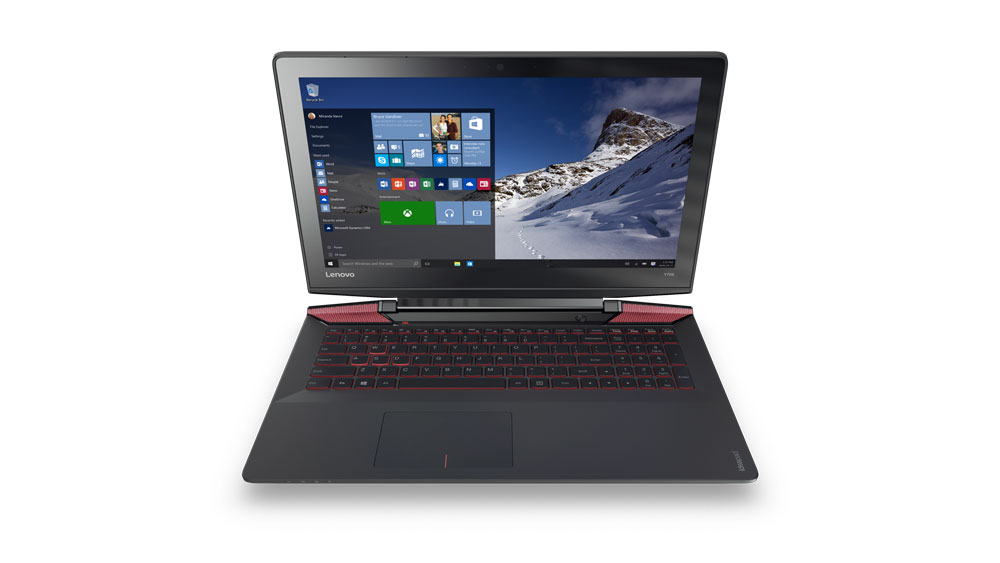 Lenovo’s foray into PC gaming started with laptops, and it intends to continue. The Y700 Touch is an update from last year’s Y-series gaming laptop, this time with a new Intel 6th generation Core i7 processor (quad-core), up to 16 GB of RAM and a mix of several SSD and HDD options. I’m really glad that overall storage speed has been improved because it’s tough to use an HDD-based laptop once you got used to having SSDs.
Lenovo’s foray into PC gaming started with laptops, and it intends to continue. The Y700 Touch is an update from last year’s Y-series gaming laptop, this time with a new Intel 6th generation Core i7 processor (quad-core), up to 16 GB of RAM and a mix of several SSD and HDD options. I’m really glad that overall storage speed has been improved because it’s tough to use an HDD-based laptop once you got used to having SSDs.
The options are: 1TB HDD + 512GB SSD or 1TB SSHD + 8GB SSHD. If you’re not familiar with it, SSHD is a hybrid SSD and a storage HDD technology where most of the storage is HDD, but a small amount of SSD helps improve the average performance. Of course, I always recommend having all apps and operating system on an SSD if you can afford it.
As a gaming system, it comes with a discrete GPU: the NVIDIA GeForce GTX 960M with 4GB of GDDR5 memory. The GPU powers the 15.6-inch display which can come in 1080p or UHD (3840×2160) resolution (both are IPS displays).
The design is bulkier than your typical “productivity” laptop to allow for proper cooling of key components during extended gaming sessions that will push computing to its limits. But that extra volume usually allows for better audio in the form of 2×2 JBL speakers (with chambers) and a 3Watt sub-woofer. The audio is processed by the Dolby Home Theater (v 4.0?) software which is usually a big improvement over plain-vanilla audio.
There is a 60 Whr (Watt-Hour) battery, which is very decent, but keep in mind that gaming is a power-hungry activity, so I’m not sure how many gamers actually play while being unplugged. Finally, Lenovo proposes the Intel RealSense technology, which is similar to what can be found in Microsoft’s Kinect (camera+3D camera). Support is far from universal, but do your homework, and you may find applications that are of interest.
At $799+, it’s priced competitively, and if you want, there’s also a $949+ AMD version that is powered by an AMD A10 FX-8800P processor and an AMD R9 GPU with 4GB of GDDR5 memory.
Filed in . Read more about IFA, IFA 2015, Laptops and Lenovo.



